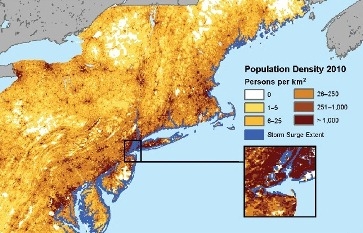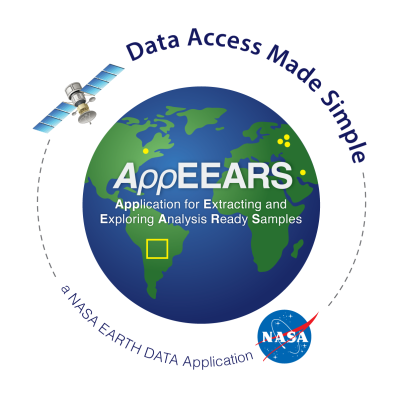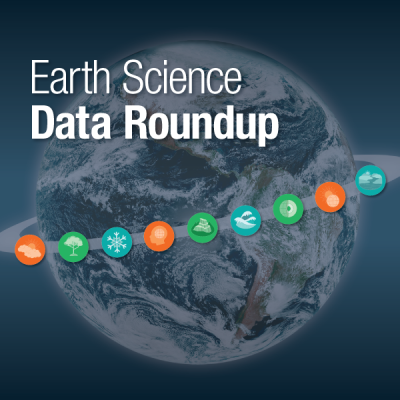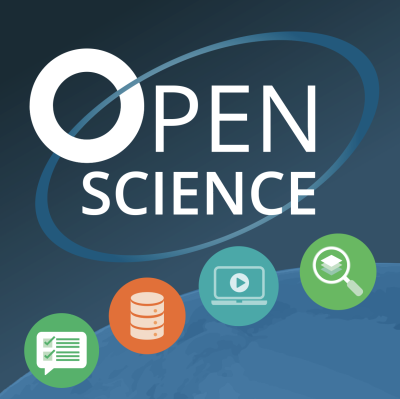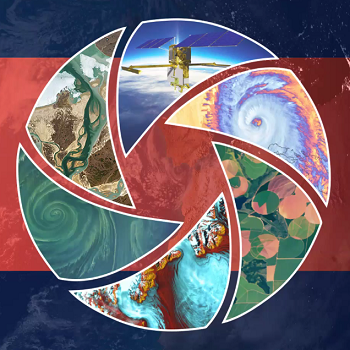NASA’s Socioeconomic Data and Applications Center (SEDAC) is operated by the Center for International Earth Science Information Network (CIESIN), a unit of the Earth Institute at Columbia University based at the Lamont-Doherty Earth Observatory in Palisades, NY. SEDAC synthesizes Earth science and socioeconomic data and information in ways useful to a wide range of decision-makers and other applied users and provides an “Information Gateway” between the socioeconomic and Earth science data and information domains. SEDAC has extensive holdings related to population, sustainability, and geospatial data and provides access to many multilateral environmental agreements.
Socioeconomic Data
SEDAC has extensive holdings related to population, sustainability, and geospatial data, and provides access to a large number of multilateral environmental agreements. SEDAC efforts include:
- Human population distribution on a latitude-longitude grid (U.S. and global)
- Human settlements and infrastructure, including roads, reservoirs, and dams
- Ecosystem, agriculture, and wetlands data
- Intergovernmental Panel on Climate Change (IPCC) socioeconomic scenarios
- Environmental treaty status and texts
- Environmental sustainability indicators
- Global data on natural hazards, poverty, and air and water pollution
- Map gallery and online mapping and query tools for key datasets
Contact Information
Dr. Alex de Sherbinin, DAAC Manager
Dr. Susana Adamo, Lead Project Scientist
Sri Vinay, DAAC Systems Engineer
Joe Schumacher, User Services Manager
CIESIN, Columbia University
P.O. Box 100061 Route 9W
Palisades, NY 10964
Website: https://sedac.ciesin.columbia.edu/
